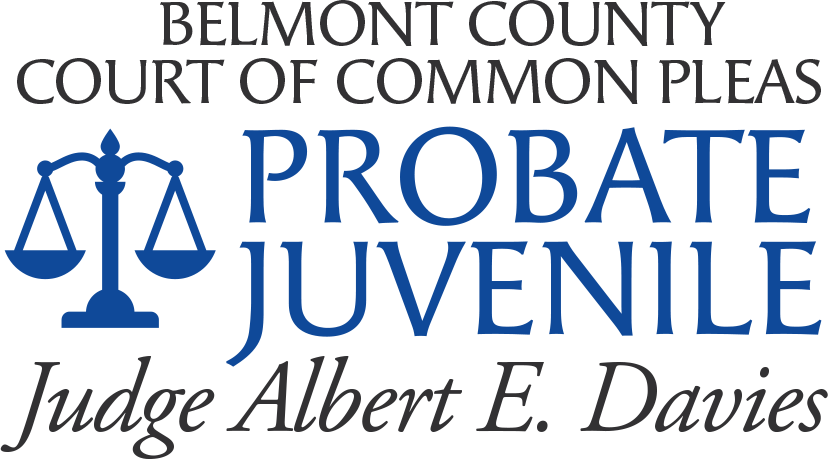My Loved One Has Passed
When a person dies, some assets automatically transfer to named beneficiaries such as investment accounts and life insurance; others can transfer outside of probate, such as joint and survivorship real estate or property recorded to transfer upon death. All other property, real and personal, must be transferred through Probate court by “probating the estate”. Once the Probate Court receives a request to open and administer an estate, the Court appoints a “fiduciary” to handle the affairs of the deceased person.
The fiduciary first inventories the decedent’s assets and liabilities to ensure that property is properly collected, managed, and fairly distributed among the creditors and heirs and/or beneficiaries, according to the directions of the decedent and laws of Ohio.
Naming a fiduciary to administer the estate, hiring an attorney, probating the Will, and handling all of the financial responsibilities can be complicated processes. Due to the complexity of the law and the legal issues that may be involved in estate administration, the Court recommends all fiduciaries seek legal counsel.

Legal advice and guidance can expedite probate and prevent errors. Clerks are not permitted to provide any type of legal advice.
The value of each estate’s assets determines the type of estate filing required.
The types of estate filing include:
Summary Release from Administration
When the deceased person’s estate is valued under the lesser of $5,000 or the amount of decedent’s funeral and burial expenses and the applicant has paid the funeral bill (or is obliged in writing to pay the funeral bill), or there is a surviving spouse, assets are under $45,000, and the decedent’s funeral and burial expenses have been prepaid, paid by the surviving spouse (or the spouse is obligated in writing to pay the funeral bill), a Summary Release from Administration is to be filed.
Instructions for Filing Summary Release from Administration
Release from Administration
When there is no surviving spouse and assets are under $35,000 or there is a surviving spouse and assets are under $100,000, a Release from Administration filing is necessary.
Instructions for Filing Release from Administration
Full Administration
When there is a surviving spouse and assets are over $100,000, or there is no surviving spouse and assets are over $35,000, or a Wrongful Death/Litigation Action has been filed with the Court a full administration will need to be filed.
Instructions for Full Administration of Estate
Steps for Full Estate Administration:
- Notice of death and application to administer the estate (probate of Will if one exists).
- Appointment a fiduciary.
- Gathering assets and filing an Inventory. The Inventory is due ninety (90) days after appointment.
- Payment of creditors.
- Filing and payment of estate taxes if required.
- Distribution of assets to beneficiary(s) or heir(s).
- Closing the estate and filing a final account.
- The average estate should be finalized within thirteen months of the date of appointment of the fiduciary. However, where litigation, federal or state tax returns, or creditor disputes exist, the estate may require a longer administration.
Real Estate Transfer Only
When the sole probate asset is Real Estate and is subject to comply with, follow Instructions for Filing Real Estate Transfer Only.
Real Estate Appraisal Information
When seeking a real estate appraisal, you may choose one of the following three options:
- Obtain a printout from the County Fiscal Office of the property tax appraisal for the year of the decedent’s death.
- Hire an appraiser.
NOTE: Probate Court does not promote or recommend a specific appraiser. It is your responsibility to verify the individual appraiser chosen for your real estate appraisal.
Procedure for changing a property’s tax value from the existing Auditor’s value to an Appraised value
- Contact an attorney to file a “Motion & Order to Vacate the Judgement Entry, Dispensing with the Appraisal.”
- After the appraiser has been appointed, have the real estate in question appraised.
- Once the written appraisal is received, file it along with Form 6.0 Inventory with Appraisal and Form 6.1 Schedule of Assets..
